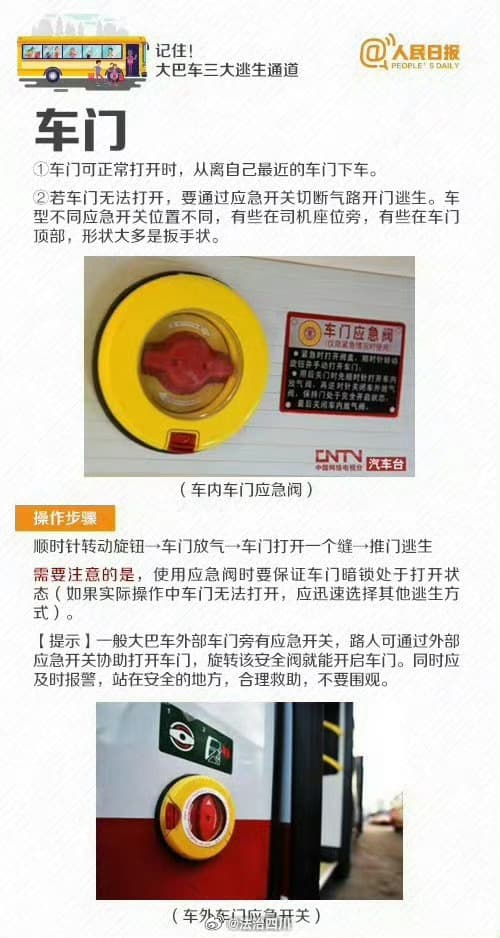Bus Crash in Shenzhen Claims Two Lives, Raises Safety Concerns
A devastating accident occurred on February 8th at the Cha Guang Village bus station on Sha He Xi Road in the Nanshan district of Shenzhen. A public bus collided with the station platform due to the sudden onset of illness in the driver, resulting in the injury of three waiting passengers. Unfortunately, two of the injured passengers succumbed to their injuries despite rescue efforts. The accident has raised concerns about the safety and health of public transportation drivers, as well as the need for emergency response systems to be in place.

8 February 2025
The investigation into the tragic bus accident has revealed that the driver was not under the influence of alcohol at the time of the incident. A breathalyzer test conducted on the driver showed a result of 0mg/100ml, effectively ruling out drunk driving as a potential cause. Despite this revelation, the actual cause of the accident remains unclear. Authorities are currently conducting a thorough investigation to determine the factors that led to the bus colliding with the platform. This process involves analyzing various factors, including the vehicle's condition, the driver's experience and behavior, road conditions, and potential external factors that might have contributed to the accident.
Following the accident, the Shenzhen Municipal Public Security Bureau Traffic Police Detachment issued a situation report, and rescue personnel quickly arrived at the scene to provide aid. The bus company involved in the accident is actively cooperating with the investigation, demonstrating a commitment to transparency and accountability. The accident is still under further investigation, with authorities working to determine the cause and any factors that may have contributed to the collision.

The accident in Shenzhen highlights the importance of safety measures in public transportation, emphasizing the need for both preventive measures and awareness of how to respond in emergency situations. Key components of safety include recognizing escape routes and emergency equipment such as safety hammers, emergency door releases, and escape windows. Understanding how to use these tools is crucial for passenger safety. A safety hammer can be used to break windows in emergency situations, while an emergency door release allows passengers to open doors manually, and escape windows provide an alternative exit route.
Prevention starts with being aware of one's surroundings and knowing the location of emergency exits and equipment. Regular maintenance of buses and adherence to safety protocols by bus operators are also essential. Raising awareness about safety measures and how to react in emergencies can significantly reduce the risk of accidents and improve outcomes when they do occur. By spreading knowledge of these safety measures and encouraging a culture of safety awareness, we can work towards reducing the risk of such tragedies and ensuring that public transportation remains a safe mode of travel for everyone.

Comments
Share this article
Related Articles

Beijing Lights Up Its Nightscape: A New Era for the Capital’s Night Economy and Culture
By Trending on Weibo
Travel
2 Sept 2025
Backlash Over “Overly Strict” Management of Hangzhou’s West Lake Sparks Debate on Preservation and Tourism
By Trending on Weibo
Travel
2 Sept 2025

Women Hire 24 Helpers to Ascend Mount Tai, Prompting Debate Over Luxury Tourism and Gig‑Economy Services
By Trending on Weibo
Travel
29 Aug 2025
Red Worms Discovered in Luxury Hotel Bathtub Ignite Hygiene Crisis and Social Media Outcry in China
By Trending on Weibo
Travel
28 Aug 2025
Queue Clash at Universal Studios Singapore Sparks Debate Over Chinese Tourist Etiquette and Cultural Norms
By Trending on Weibo
Travel
19 Aug 2025

